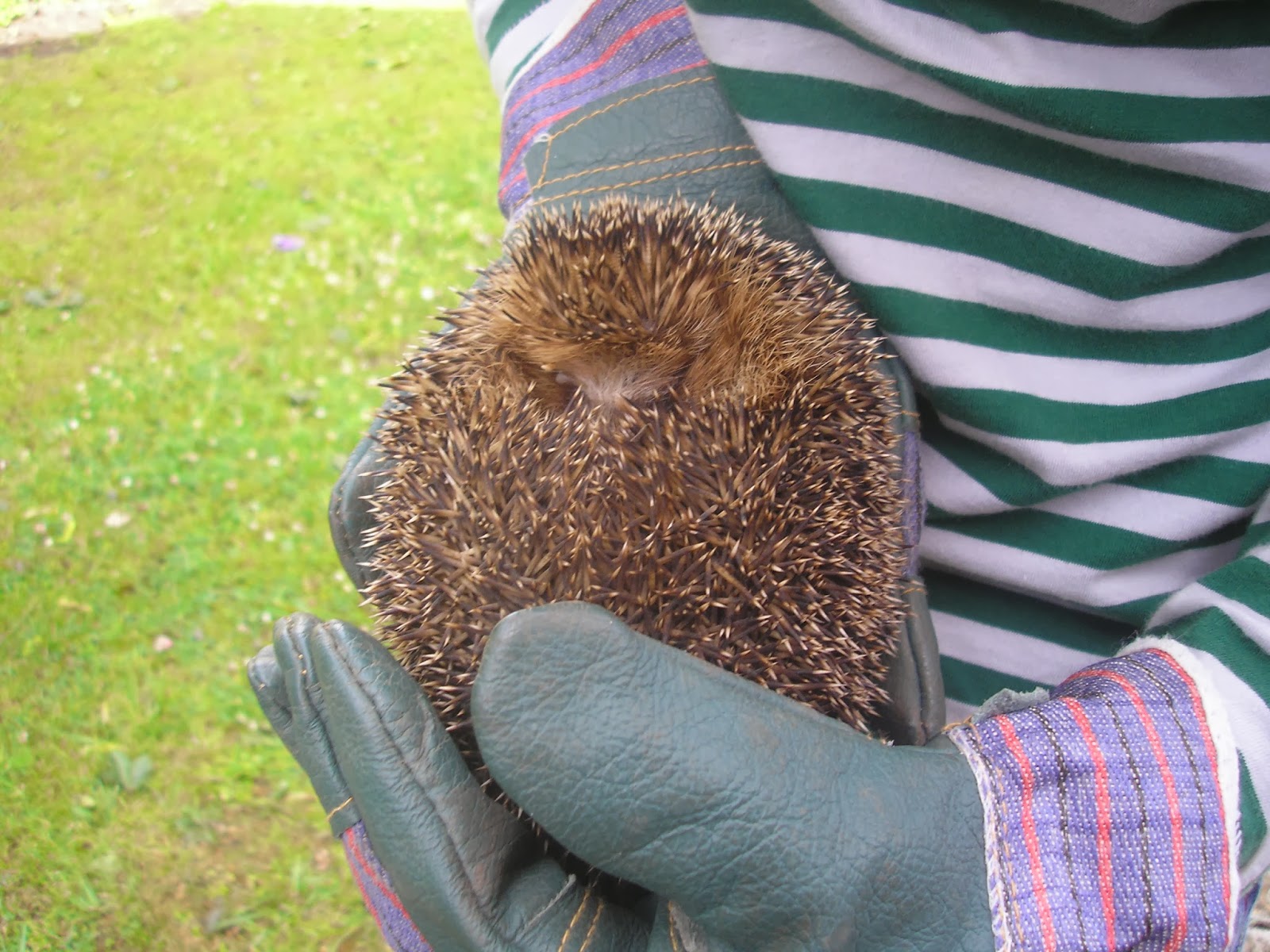5. Badgers:
Earlier in the year I had a scare when my local Badger Sett was flooded, hit hard by the UK's 'wettest winter on record'. The Badger's were fine though, and went on to have three cubs in the Spring.
4. Exploring My Local Patch
Becoming a local reporter this year has given me a great excuse to get visiting my amazing local nature reserves. Sydlings Copse (pictured above) is one of my favourites, home to Butterflies,Badgers, Foxes, Deer, Reptiles and a fantastic display of Bluebells in April.
3. Going Cuckoo for Cuckoos
One local Cuckoo provided the soundtrack to my Spring when it arrived in the field behind my house earlier this year. One day I managed to follow it's call back to the source, and caught a brief glimpse of this incredible bird.
2. Sumatran Orangutans
In July my friends and I went travelling for a month in South East Asia. Of course, I couldn't visit that part of the world without seeing one the most enigmatic apes on the planet, so I stopped off in Sumatra to search for Orangutans. Whilst the experience wasn't quite how I envisioned it, it was incredible nonetheless.
1. New Discoveries
My biggest highlight of the year has by far been discovering species on my local patch that I'd never seen before. As well as Waxwings and Short-Eared Owls, I found a Common Lizard in a log pile a few months ago- the first reptile I've ever seen in the UK!
2014 has been an amazing year. Here's hoping for an even more wild 2015!
Happy New Year!



































